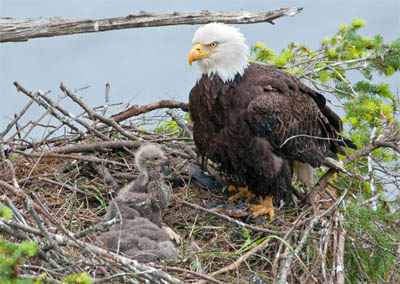
 8
8




 10
10








 4
4




 5
5




Do what you want, but don't hurt yourself and don't hurt anyone else
 6
6






 2
2




$10.00 is a donation. $1,000 is an investment, $1,000,000 is a purchase.
 1
1




 2
2




Blake Lenoir wrote:How we create habitat for kestrels since they're becoming more rarer and rarer to find in or near urban areas? How wide should the nest box be for these birds to breed and raise their young. I'd like to see what young kestrels look like and their nesting area.
$10.00 is a donation. $1,000 is an investment, $1,000,000 is a purchase.








 1
1




Blake Lenoir wrote: I mostly have red tail and Cooper hawks, kestrels, pergrine falcons and turkey vultures in my neighborhood. There are also stray cats to concern ourselves about as they're a major threat to all native local birds including our predators. How we keep our birds of prey well sheltered from stray cats which are seen in mostly urban communities? If you all have any feedback, throw some back to me and we'll go from there. Peace always!
 1
1




 1
1




"When the whole world is running towards a cliff, he who is running in the opposite direction appears to have lost his mind." C.S. Lewis
Visit https://themaineingredient.com for organic, premium dried culinary herbs that are grown, processed, and packaged in the USA.
 2
2




 1
1








 2
2




 3
3





Visit Redhawk's soil series: https://permies.com/wiki/redhawk-soil
How permies.com works: https://permies.com/wiki/34193/permies-works-links-threads

|
There's a hole in the bucket, dear Liza, dear Liza, a hole in the bucket, dear liza, a tiny ad:
The new purple deck of permaculture playing cards
https://www.kickstarter.com/projects/paulwheaton/garden-cards
|





